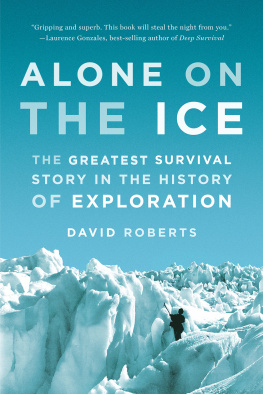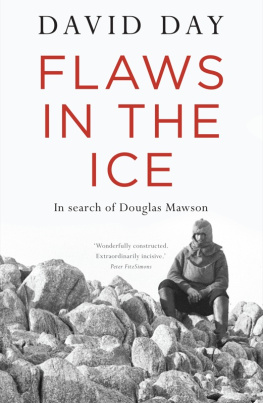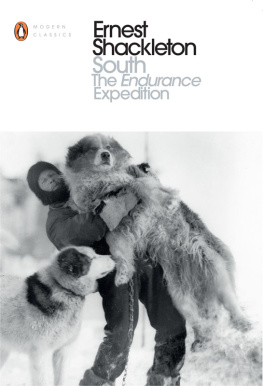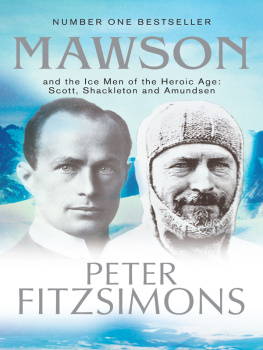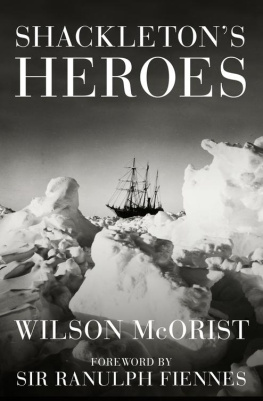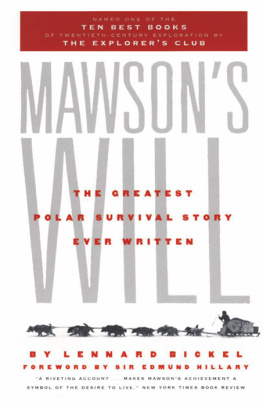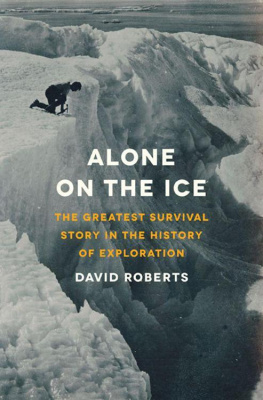Nimrod: Ernest Shackleton and the Extraordinary
Story of the 190709 British Antarctic Expedition
The Myth of the Explorer
The Photographs of H. G. Ponting
With Scott to the Pole
The Encyclopedia of the Antarctic
The RGS Exploration Experience
For my parents,
Angelyn and Ralph,
who have given lifelong guidance,
encouragement, support, and love
Contents
In recent years, the personalities and accomplishments of Robert Falcon Scott and Ernest Shackleton have dominated books, films, and research about the Heroic Age of Antarctic exploration. The pair are justifiably remembered and celebrated as among the greatest of all British explorers and as dominating figures in the opening-up of the last continent. Yet there was once another man regarded throughout the English-speaking world as their equal amongst Antarctic legends. That man, Douglas Mawson, was a true giant of his time: admired throughout the worlds scientific community, revered by the public, and generally considered the most renowned of Australian heroes.
Despite still being looked upon by some as the greatest figure in Antarctic science, Mawson is now little known outside Australia. Indeed, his prominence has faltered even there. Not long ago, a school group in Adelaide where Mawson lived visited the South Australian Museum and were shown, along with other memorabilia, a classic photograph of Mawson aboard ship, surrounded by fellow expedition members. Taken in the far south, the picture shows men dressed for icy conditions with hats, scarves, heavy sweaters, and coats and Mawsons serious face is framed by a balaclava. It is the same image of him once used as the basis for the Australian $100 note surely a statement of the honour in which he was held. But when asked what they knew of this man, the pupils perhaps confusing him with the helmeted bushranger Ned Kelly could only answer, Was he a bank robber?
There is an even greater dearth of knowledge about the three major expeditions on which much of Mawsons fame was based the British Antarctic Expedition of 190709, the Australasian Antarctic Expedition of 191114, and the British, Australian, New Zealand Antarctic Research Expedition of 192931. On the first of these, Mawson was effectively the leader for one of the longest and most difficult sledging journeys in history, on which his party became the first ever to reach the region of the South Magnetic Pole. The second venture which Mawson conceived, developed, and led was responsible for the exploration of more territory than any other Antarctic effort, and included a scientific investigation of the far south on a scale never before attempted. It consisted of three land bases, thirty-two members of the shore party, seven major sledging journeys, and a full oceanographic programme. Yet what was intended as a scientific exercise devoid of adventure also proved to be a tale of death, determination, and raw courage that the late Sir Edmund Hillary described as the greatest story of lone survival in Polar exploration. Mawsons final expedition not only continued aspects of his earlier scientific studies but was the basis for Australian claims to the Antarctic and that led to more than two and a quarter million square miles being incorporated into what is now known as the Australian Antarctic Territory.
This book is the story of those epic ventures and of Mawsons career as it related to the Antarctic. Because even when Mawson was not in the far south, he seemed to be planning his next journey there, raising the required funds for such massive undertakings, working up his scientific results, or being involved in major governmental, scientific, or policy decisions about the Antarctic. Eventually, he became recognised as perhaps the worlds most eminent authority on Antarctica.
Today, scientists, adventurers, and even tourists travel almost at will through the Antarctic continent. It is a part of the planet that David Attenborough, Sir Ranulph Fiennes, and others have, each in his own way, made familiar to much of the Western world. This book, however, goes back to a time when people knew far less about this region, and when it was almost unimaginably remote. As much as anybody in history, it was Douglas Mawson who opened up these hostile lands to scientific and geographical experts, to governments, and to the public. It is only fitting, therefore, that he, and his remarkable efforts, be re-introduced to a generation that has been deprived of his great story.
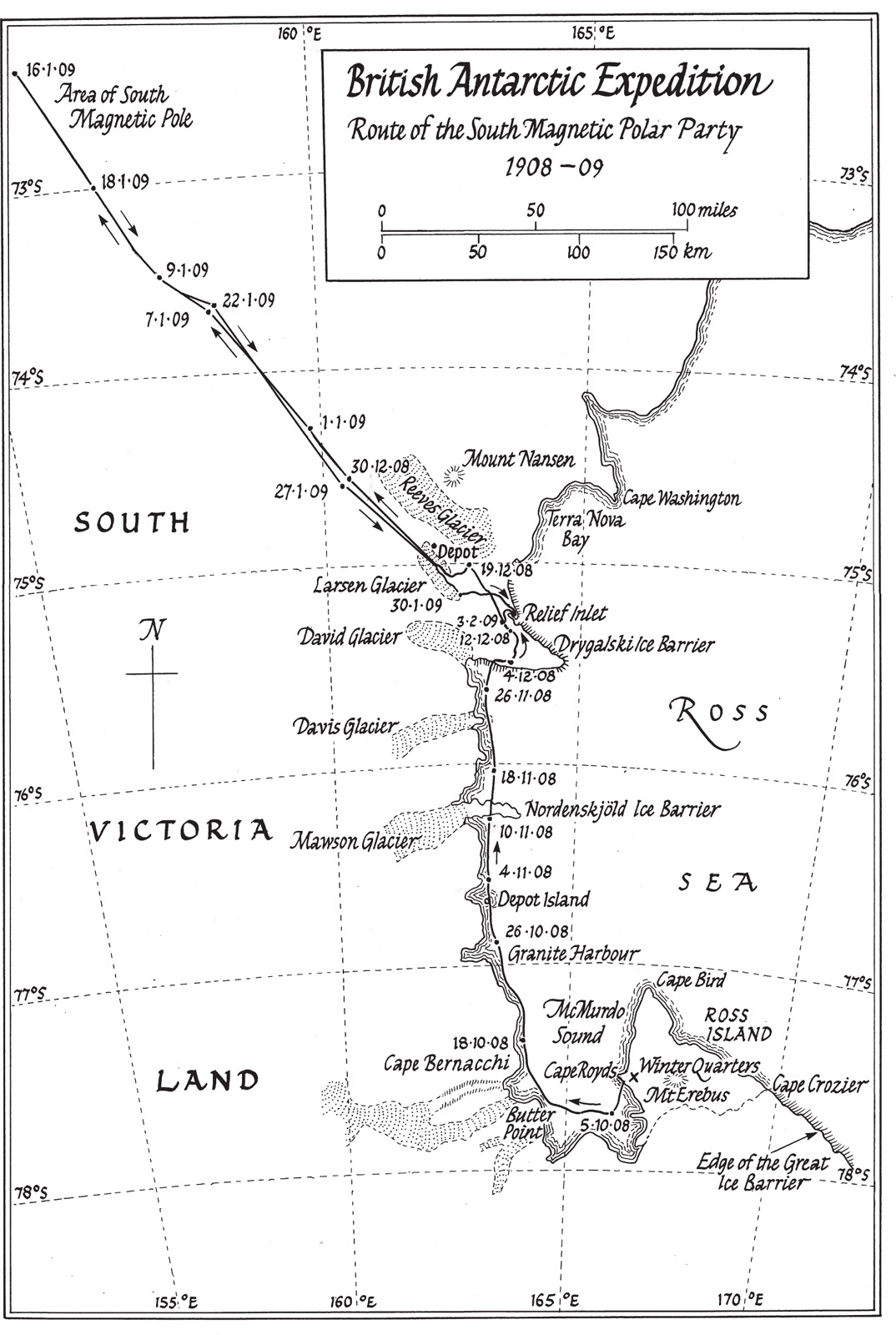
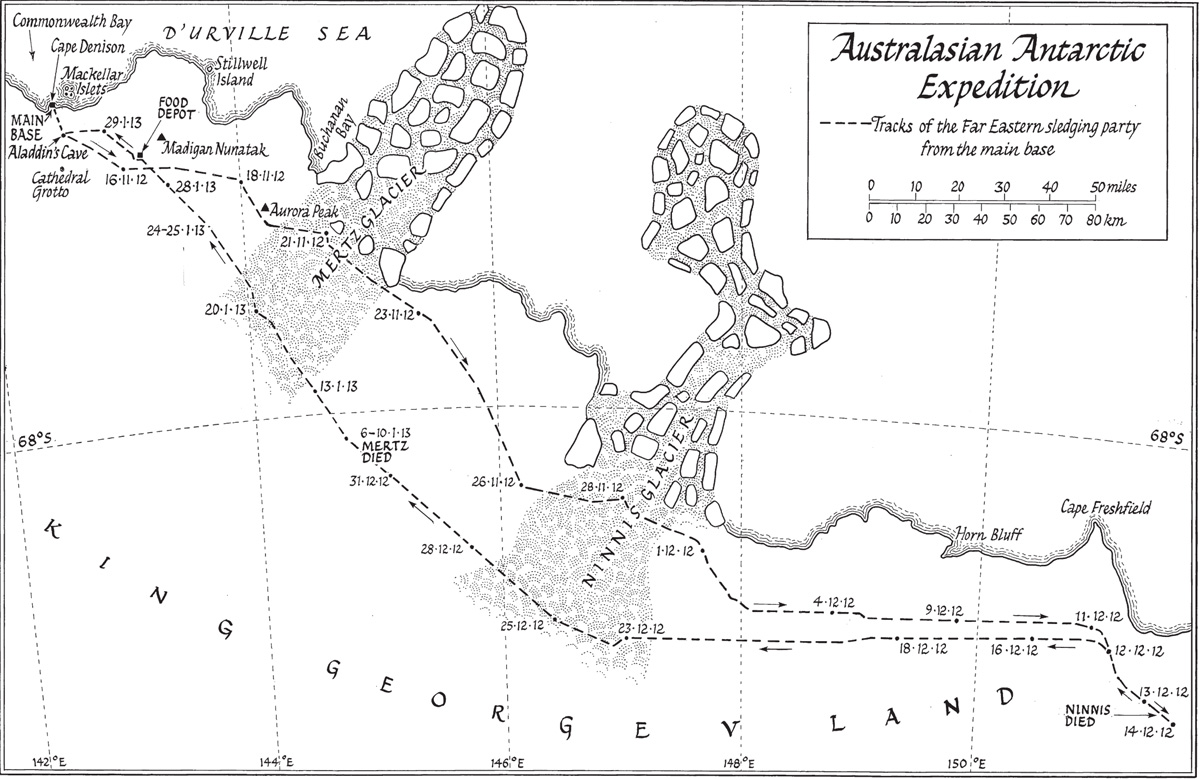

This book benefited inestimably from the generosity and kindness of numerous individuals and organisations. My heartfelt thanks must go first to Mark Pharaoh of the South Australian Museums Mawson Centre, the worlds largest archival source for materials about Mawson and his expeditions. For a period of several years, Mark gave unstintingly of his time: guiding me through the collections of unpublished documents, ferreting out rare materials, photocopying, counselling, helping me gain permissions, and commenting on the manuscript. It is fair to say that without his consideration and contributions this book would never have been finished.
I am deeply indebted to the kindness of the Mawson family, and most particularly that of Gareth Thomas, one of Douglas Mawsons grandsons. His good graces including allowing me to see previously closed documents and helping me with the use of copyrighted books and images have been invaluable to this project. I am also most grateful to Nancy Flannery, whose advice and encouragement were of enormous value.
My sincere appreciation is extended to Jennifer Broomhead and Martin Beckett of the State Library of New South Wales, Herbert Dartnall, Ingrid Davis, Sara Fisher of A.M. Heath, Ian Flannery, Stephen Haddelsey, Desmond J. Lugg, Allan Mornement, Jenya Osborne, Graeme Powell of the National Library of Australia, Bill Swainson and Emily Sweet of Bloomsbury, Rosanne Walker of the Basser Library, and Clive Wilson-Roberts of the Mawson Centre.
During my research, I made extensive use of the Library and Archives of the Scott Polar Research Institute, University of Cambridge, and I would like to thank Professor Julian Dowdeswell, Naomi Boneham, Judy Heath, Heather Lane, Lucy Martin, and Shirley Sawtell for their friendly help. For additional access to documents, I thank the Basser Library of the Australian Academy of Science; the British Newspaper Library; the Cambridge University Library; the Mawson Centre; the Mitchell Library, State Library of New South Wales; the National Library of Australia; and the National Archives, Kew.
I am grateful to the following for permission to use copyrighted or privately held material: John Ainsworth, for the writings of George F. Ainsworth; Philip Ayres, for quotations from his book Mawson: a Life; the Basser Library, for the correspondence of Frank Stillwell; Rosanna Bickerton, for the writings of Frank Bickerton; Louise Crossley, for quotations from her book Trial by Ice; Nancy Flannery, for quotations from her book


